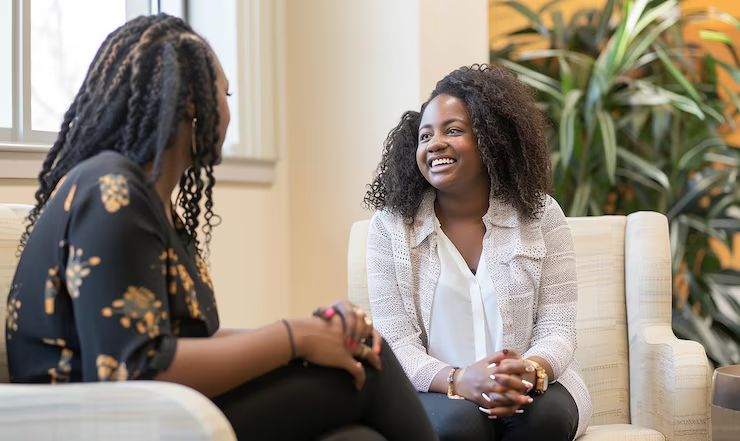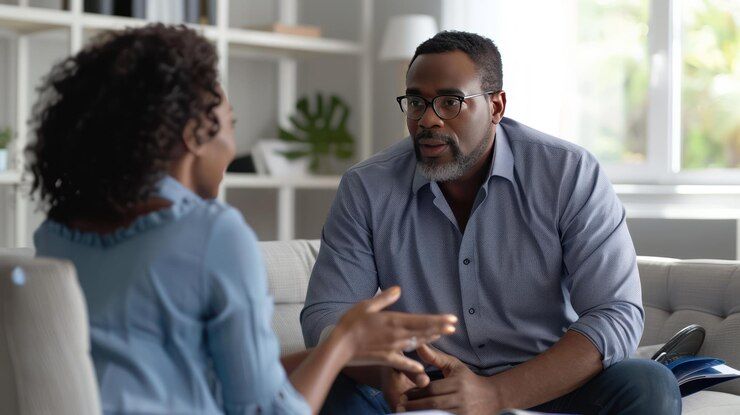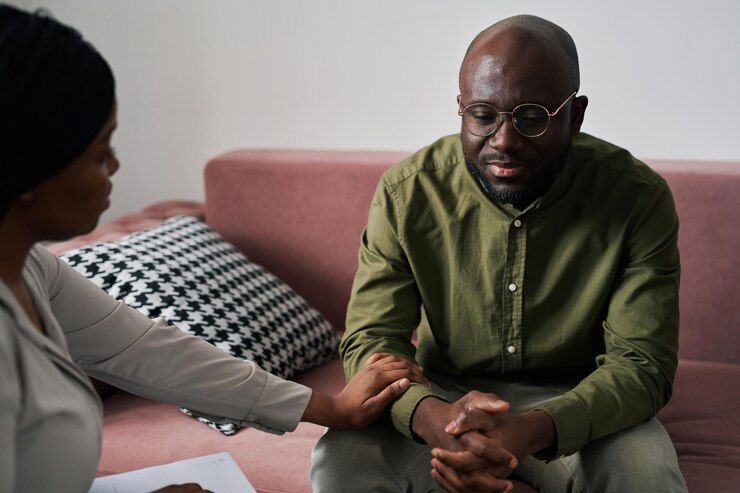These five techniques of counselling will take you to the next level.
Counselling is more than just “talking it out.” It’s a structured, evidence-based process where trained professionals use specific techniques to help clients cope with life’s emotional, psychological, and social challenges.
Need professional counselling? Call or WhatsApp us now: 0244598994
Whether you’re dealing with anxiety, grief, trauma, relationship issues, or stress, counsellors apply various methods to help you gain clarity, emotional relief, and long-term healing. In this post, we explore five powerful techniques of counselling that form the foundation of most therapeutic practices.
If you’re considering therapy or simply curious about how it works, this guide will give you the insight you need.
Why Understanding Counselling Techniques Matters

In Ghana and around the world, counselling is becoming an essential tool for navigating modern-day emotional struggles. But not all counselling sessions are the same.
Each therapist uses specific strategies—known as counselling techniques—based on their training and the client’s needs. These techniques are scientifically supported and tailored to achieve one main goal: helping you heal, grow, and thrive.
Whether you’re in Accra, Kumasi, or Tamale, understanding how counselling works can empower you to take that first step confidently.
What Are Counselling Techniques?
Counselling techniques are the specific methods or tools that a counsellor uses to:
- Establish trust with the client
- Understand the client’s emotional and mental state
- Guide conversations toward insight and resolution
- Help clients develop healthier thinking and coping skills
- Encourage behavioural change and emotional healing
Let’s now explore the top five counselling techniques widely used by professional therapists.
1. Active Listening
Active listening is the cornerstone of every successful counselling session.
What it involves:
- Giving the client full attention
- Reflecting and paraphrasing what the client says
- Using non-verbal cues like nodding and eye contact
- Avoiding interruptions
- Validating the client’s feelings
This technique helps build trust, empathy, and emotional safety—which are essential for effective therapy. In Ghana, where many people feel unheard or misunderstood, active listening alone can be powerfully healing.
Example:
A client says, “I feel like no one cares about what I’m going through.”
The counsellor responds: “It sounds like you’ve been feeling really alone lately.”
2. Cognitive Restructuring (from CBT)
Cognitive Behavioural Therapy (CBT) is one of the most popular approaches in modern therapy. One of its key techniques is cognitive restructuring—helping clients identify and change negative thought patterns.
How it works:
- The counsellor helps you recognize automatic negative thoughts
- You learn to challenge irrational beliefs
- You replace them with healthier, more realistic thoughts
This technique is particularly effective for:
- Anxiety and depression
- Low self-esteem
- Trauma recovery
- Relationship conflict
Example:
“I always mess things up” → becomes → “I’ve made mistakes, but I’m also learning and improving.”
3. Open-Ended Questioning
This technique encourages clients to express themselves freely, without limiting their responses to simple “yes” or “no” answers.
Benefits:
- Encourages deeper reflection
- Helps uncover hidden emotions or root causes
- Makes sessions feel conversational, not interrogative
- Builds rapport and trust
Examples:
- “How did that situation make you feel?”
- “What thoughts went through your mind when that happened?”
- “What would you like to see change in your life?”
This technique is crucial in individual, trauma, and relationship counselling, especially in cultures like Ghana where many clients are new to expressing emotions openly.
4. Empathy and Unconditional Positive Regard

Popularized by humanistic therapy approaches, this technique involves the counsellor offering complete acceptance, warmth, and empathy to the client—no matter what they’ve done or experienced.
Why it matters:
- Helps clients feel safe, not judged
- Encourages honesty and vulnerability
- Builds emotional trust and openness
- Promotes self-acceptance and healing
Especially in societies where stigma surrounds mental health (as in parts of Ghana), this non-judgmental approach can be a turning point for many clients.
Read also: Find Experienced Crisis Counselling Experts in Ghana
5. Goal Setting and Action Planning
Counselling isn’t just about reflecting on the past—it’s also about building a better future. That’s why goal setting is a vital technique used in many therapeutic models.
What it includes:
- Collaboratively setting realistic, achievable goals
- Creating a step-by-step action plan
- Tracking progress over time
- Adjusting goals as the client grows
This technique is often used in:
- Career and academic counselling
- Addiction recovery
- Relationship therapy
- Personal development coaching
Example:
A client struggling with procrastination may set the goal:
“Complete one important task each day for the next week.”
Where to Experience These Techniques in Ghana
At Holistic Counseling and Training Consult, we use these five core counselling techniques—and many more—to support individuals, couples, families, and youth on their mental health journeys.
Whether you’re looking for:
- Trauma counselling
- Marriage or relationship therapy
- Child or adolescent support
- Christian faith-based therapy
- Online therapy from anywhere in Ghana
…our team of licensed professionals is here to guide you with compassion and skill.
Call/WhatsApp: [Insert number]
Frequently Asked Questions
Q: Are counselling techniques the same for everyone?
A: No. A trained counsellor will choose techniques based on your personality, culture, goals, and the challenges you’re facing.
Q: Can I experience these techniques in online counselling?
A: Yes. All five techniques—especially active listening and CBT—can be effectively used in virtual therapy sessions via Zoom, WhatsApp, or other secure platforms.
Q: How long before I feel results?
A: Some clients feel relief after just a few sessions, while deeper work may take weeks or months. The key is consistency and openness.
Final Thoughts: Top Five Techniques of Counselling
Hopefully, these five techniques of counselling has given you a better perspective.
Counselling is not a one-size-fits-all approach. Whether you’re navigating stress, trauma, relationship issues, or just want to better understand yourself, knowing the five techniques of counselling gives you a clearer picture of how therapy works—and how it can transform your life.
If you’re ready to begin and learn more beyond these five techniques of counselling, Holistic Counseling and Training Consult is here to walk the journey with you—every step of the way.
Book your session today. Your healing starts here.




